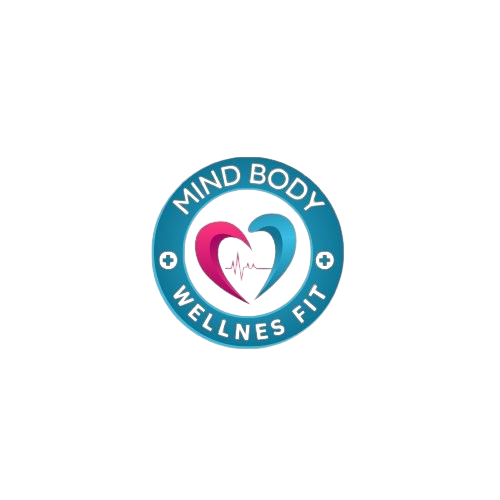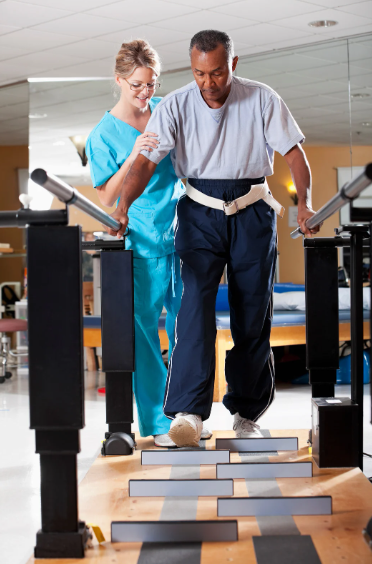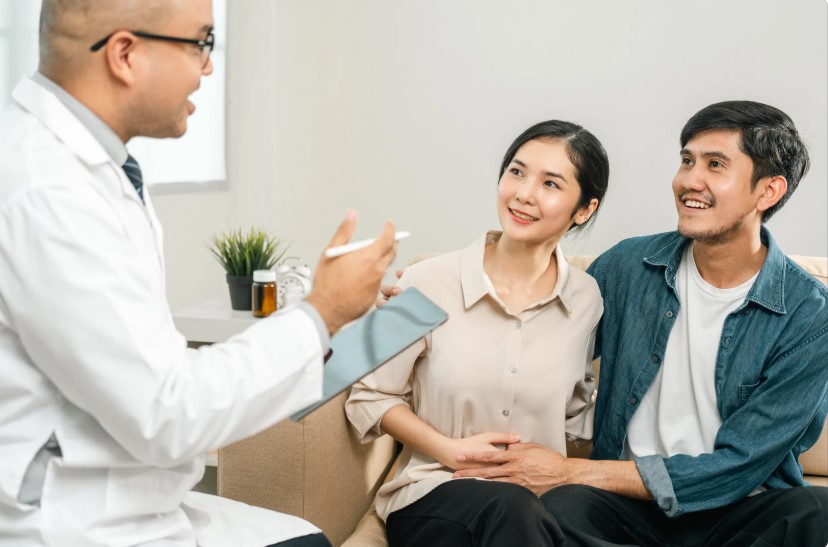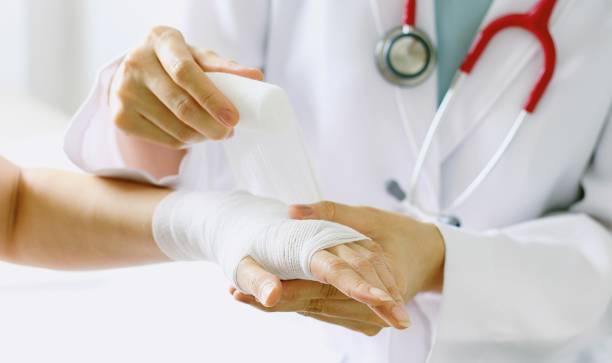As we age, maintaining balance and stability becomes increasingly challenging, putting seniors at risk for falls and injury. Balance and gait disorders are common issues for the elderly, and they significantly impact their quality of life. According to the National Council on Aging, one in four older adults falls each year, with many of these falls leading to serious injuries. Fortunately, Balance and Gait Disorders Treatment options are available to help seniors restore their confidence, prevent falls, and improve their overall well-being. By seeking the right treatment plan, seniors can regain their independence and stay active for longer.
In this article, we will explore the various treatment options for balance and gait disorders in seniors, the importance of early intervention, and the role of caregivers in creating a safe environment. We will also discuss how Osteopractic Physical Therapy of Central Indiana provides tailored solutions for seniors dealing with these disorders.
Understanding Balance and Gait Disorders in Seniors
Balance and Gait Disorders Treatment begins with understanding the root causes of these issues. Balance and gait disorders refer to difficulties in maintaining an upright position, walking, and moving with coordination. For many seniors, these disorders are the result of age-related changes, such as muscle weakness, joint degeneration, or neurological conditions.
Some common causes of balance and gait disorders in seniors include:
- Muscle weakness: Loss of muscle mass and strength, particularly in the lower extremities, can make it difficult for seniors to maintain balance and stability.
- Neurological conditions: Diseases such as Parkinson’s disease, stroke, and multiple sclerosis can affect the brain’s ability to communicate with the muscles, leading to balance and coordination problems.
- Vestibular dysfunction: The inner ear plays a crucial role in balance. Conditions like benign paroxysmal positional vertigo (BPPV) or Meniere’s disease can cause dizziness and loss of balance.
Balance and Gait Disorders Treatment is essential in addressing these underlying causes, helping seniors regain their mobility and reduce their risk of falling.
The Impact of Balance and Gait Disorders on Seniors
The effects of balance and gait disorders extend beyond physical difficulties; they can also have profound emotional and social consequences. The fear of falling is common among seniors with balance issues, and this fear can lead to anxiety and social isolation.
- Physical Impact: The inability to walk with ease or maintain balance makes everyday tasks—such as getting out of bed, walking to the bathroom, or going for a walk—more difficult. This can result in a decrease in physical activity, contributing to further muscle atrophy and joint stiffness.
- Emotional and Psychological Impact: Seniors may develop a fear of falling, which can make them hesitant to move or go out. This fear can lead to depression, a loss of independence, and a reduction in the overall quality of life.
- Social Impact: Balance and gait disorders can cause seniors to withdraw from social activities. They may avoid gatherings, outings, or even family events due to the fear of stumbling or falling in front of others.
Addressing Balance and Gait Disorders Treatment is vital not only for the physical health of seniors but also for their mental and emotional well-being.
Treatment Options for Balance and Gait Disorders
There are a variety of treatment options available for seniors dealing with balance and gait disorders. The right treatment depends on the individual’s condition, overall health, and specific needs. Here are some of the most effective Balance and Gait Disorders Treatment options:
Physical Therapy and Exercise
Physical therapy is one of the most effective treatments for Balance and Gait Disorders Treatment. A trained physical therapist can assess a senior’s condition and design a customized program that targets strength, flexibility, and balance.
- Strengthening exercises: Exercises that focus on strengthening the legs, core, and lower back can help improve stability and mobility. Common exercises include squats, lunges, and leg lifts.
- Balance training: Specific exercises such as standing on one leg or using a balance board can improve proprioception and help seniors maintain better control of their movements.
- Tai Chi and Yoga: Gentle, low-impact activities like Tai Chi and yoga have been shown to improve balance, flexibility, and overall physical health in seniors. These practices also help in reducing stress and anxiety, which are common among those with balance issues.
Osteopractic Physical Therapy of Central Indiana offers specialized physical therapy services that focus on correcting musculoskeletal imbalances, which can significantly improve balance and gait in seniors. Osteopractic therapists work on musculoskeletal adjustments and rehabilitation to enhance mobility and reduce pain, making them an excellent resource for seniors seeking Balance and Gait Disorders Treatment.
Assistive Devices
For some seniors, assistive devices can provide immediate relief and support. Walkers, canes, and mobility scooters can offer the extra stability needed to walk with confidence.
- Walkers and canes: These devices provide additional support and help reduce the risk of falling, especially on uneven or slippery surfaces.
- Mobility aids: In cases of more severe balance and gait issues, seniors may benefit from mobility scooters or wheelchairs to help them get around safely.
- Wearable fall detection devices: These devices detect falls and alert caregivers or emergency services, offering peace of mind for both seniors and their families.
Medications and Supplements
Sometimes, Balance and Gait Disorders Treatment involves the use of medications to manage underlying conditions that may be contributing to balance problems.
- Medications for neurological disorders: In cases of Parkinson’s disease or other neurological conditions, medications that improve brain function and muscle control may be prescribed.
- Supplements: Vitamin D and calcium supplements can improve bone health, reducing the risk of fractures in the event of a fall. Magnesium and other vitamins can help improve nerve function and reduce dizziness associated with vestibular disorders.
Vestibular Rehabilitation Therapy (VRT)
For seniors suffering from dizziness or vertigo due to vestibular disorders, Vestibular Rehabilitation Therapy (VRT) is a highly effective treatment. VRT uses specific exercises to help the brain compensate for inner ear issues and improve balance.
Preventing Falls and Promoting Safety at Home
Preventing falls is a critical part of Balance and Gait Disorders Treatment for seniors. Many falls occur at home, where seniors feel the most comfortable but also face the most hazards. Here are some steps to help reduce the risk of falls:
Home Modifications
- Grab bars and handrails: Installing grab bars in bathrooms and stairways can help seniors maintain balance while transitioning between surfaces.
- Removing tripping hazards: Ensuring that rugs are secure, electrical cords are out of the way, and there are no obstacles on the floor will reduce the likelihood of tripping.
- Improved lighting: Adequate lighting throughout the home, especially in hallways, stairways, and bathrooms, is essential for seniors with balance issues.
Fall Prevention Programs
Many communities offer Fall Prevention Programs that focus on improving strength, flexibility, and awareness. These programs often include education on how to avoid falls, exercises to improve balance, and home safety recommendations.
The Role of Caregivers and Family Members in Treatment
Caregivers and family members play a vital role in supporting Balance and Gait Disorders Treatment for seniors. They can help seniors follow their treatment plans, provide emotional support, and ensure the home environment is safe.
- Assisting with exercises: Caregivers can help seniors with their balance exercises, providing support and encouragement.
- Emotional support: The fear of falling can cause significant anxiety. Family members can offer reassurance and help seniors regain confidence in their abilities.
Restoring Confidence: Overcoming the Fear of Falling
A crucial part of Balance and Gait Disorders Treatment is addressing the emotional challenges that come with balance issues. Fear of falling can paralyze seniors, making them reluctant to move. Overcoming this fear is essential to restoring confidence and independence.
- Gradual exposure: Encouraging seniors to take small steps, such as walking with a cane or doing balance exercises, can help them feel more confident over time.
- Therapy and support groups: Participating in therapy sessions or support groups for seniors with balance disorders can provide emotional relief and encouragement.
Takeaway
Balance and Gait Disorders Treatment for seniors is an essential aspect of promoting health, independence, and quality of life. Whether through physical therapy, assistive devices, medications, or home modifications, a comprehensive treatment plan can significantly reduce the risk of falls and help seniors regain their confidence.
Osteopractic Physical Therapy of Central Indiana offers a specialized approach to physical therapy, focusing on musculoskeletal adjustments and rehabilitation. If you or a loved one are dealing with balance and gait issues, seeking professional help is the first step toward a safer and more fulfilling life.
By taking proactive steps to address balance and gait disorders, seniors can lead more active, independent lives and continue to enjoy the activities they love.






